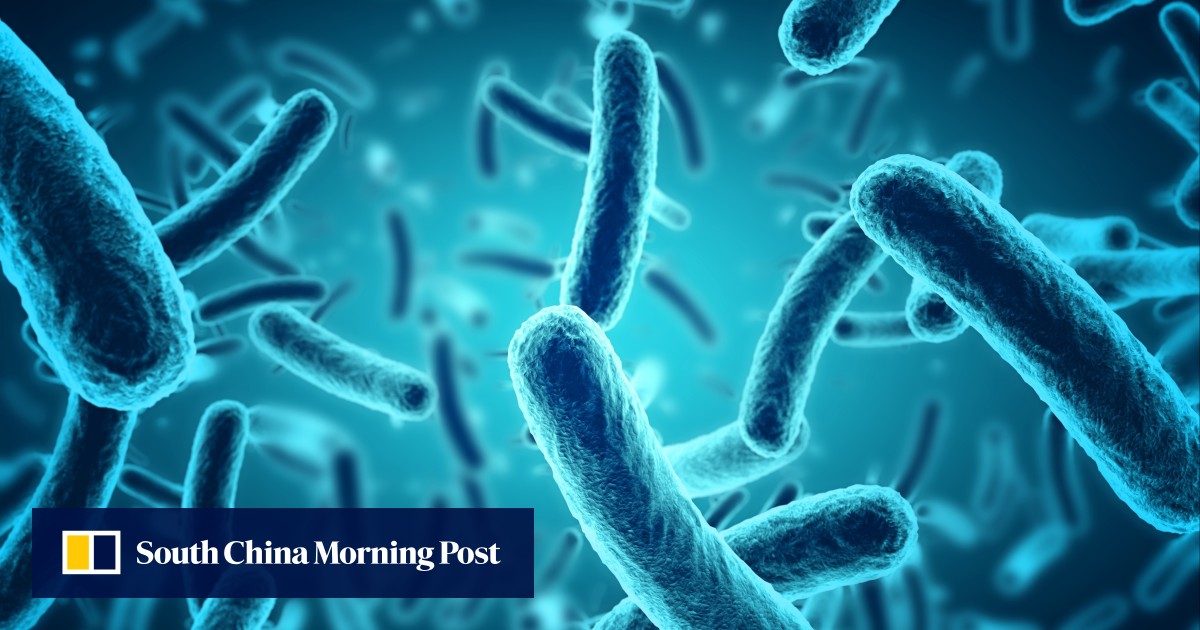The study, spearheaded by Professor Gao Xiang of the Shenzhen Institute of Synthetic Biology at the Chinese Academy of Sciences, and Professor Lu Lu of the Harbin Institute of Technology in Shenzhen, was published in the peer-reviewed journal Nature Sustainability on October 16.
However, the materials used to make semiconductors can be produced by genetically-engineered bacteria in waste water, and used in a wide range of applications, such as next-generation digital displays, solar panels and even medicine.
Still, the varied and complex composition of industrial waste water has posed a challenge when using it as a nutrient source for bacteria, and the limited production has resulted in costs that are more than 100 times the price of gold.
To find a better method, the researchers wanted to convert waste water pollutants into semiconductor biohybrids, which are made up of biological and non-biological components.
Chinese scientists unlock potentials of a new semiconductor building block
Chinese scientists unlock potentials of a new semiconductor building block
“Vibrio natriegens can thrive in high-saline environments and are highly tolerant of waste water. They can use more than 200 types of organic materials as nutrients, including sugars, alcohols, amino acids and organic acids, making them an ideal candidate for this research,” he added.
The team then introduced a sulphate reduction pathway into the Vibrio natriegens, training the strain to directly absorb sulphate from the environment and produce H2S gas, which was then combined with metal ions in the waste water to create semiconductor nanoparticles.
The nanoparticles were then fixed onto the bacterial surface, forming semiconductor biohybrids. When exposed to light, the semiconductor material absorbed the solar energy and converted it into electrons, providing additional energy to the bacteria.
In a lab experiment that used biohybrids to purify a waste water solution, 99 per cent of the cadmium ions were extracted and transferred into cadmium sulphide particles.
“After a complete cycle, the biohybrids in the waste water can be collected through filtration or sedimentation for semiconductor material extraction,” Gao said.
“This biohybrid system could be an efficient, cost-effective, method for manufacturing highly valuable quantum dots,” Gao said in an interview on Thursday.
Chinese breakthrough in advanced semiconductor may bring edge amid US ban
Chinese breakthrough in advanced semiconductor may bring edge amid US ban
While the biohybrid proliferates in waste water, it also converts the organic pollutants into 2,3-butanediol (BDO), a valuable commodity chemical with broad applications in cosmetics, agriculture, and healthcare.
“Traditionally, all energy required for bacteria growth and BDO production are supplied by the bacteria themselves, which involves self-metabolism and digestion of organic matter. The extra energy acquired through absorbing light obviously accelerates both processes.”
After Huawei chip, the next Chinese semiconductor breakthrough will be harder
After Huawei chip, the next Chinese semiconductor breakthrough will be harder
Lab tests showed that under artificial light, the biohybrids produced BDO twice as fast as unmodified bacteria, with a 26 per cent increase in the carbon conversion rate.
In an experiment conducted in a 5-litre (1.3 gallon) reactor, the biohybrids were successfully grown using actual industrial waste water, achieving a BDO production rate of 13 grams (o. 45 ounce) per litre, surpassing previous studies.
The team is exploring options to scale up the reaction. “Industrial waste water usually has poor translucency. We are investigating reactors with larger surface areas to allow for adequate illumination,” Gao said.
Gao credited the success of the project to the careful design of the experimental pathways.


